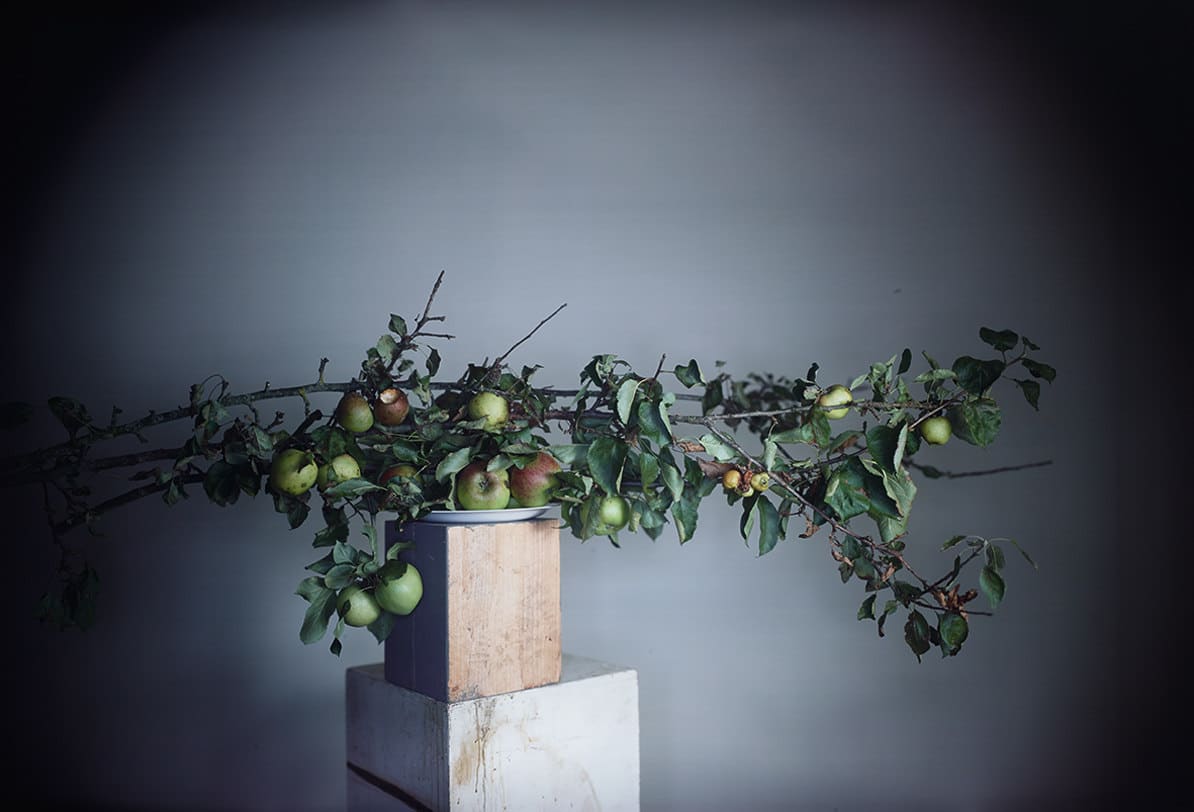Richard Learoyd. The Silence of the Camera Obscura
JUN.05.2019 ──────── SEP.08.2019

Richard Learoyd
It’s about time, 2016
Private collection
© Richard Learoyd. Courtesy of the artist and Fraenkel Gallery, San Francisco
The exhibition, which covers the last ten years of his work, is organized by Fundación MAPFRE and curated by Sandra Philips and includes 51 works from important public and private collections and the photographer’s own studio The show also includes a landscape taken in Spain commissioned by Fundación MAPFRE and that has been added to the MAPFRE photography collection, which now has two works by the artist.
You can visit the exhibition at the Fundación MAPFRE exhibition halls in Barcelona and Madrid and it will also be traveling to the Fotomuseum Den Haag in The Hague.
Camera Obscura: The English artist Richard Learoyd has spent roughly the last twenty years taking photographs with his camera obscura: a huge studio camera he designed himself, based on antiquarian optical principles. By using this device his large-scale color portraits do not look like photographs. Both his way of taking photographs and how he observes the image requires a more attentive and thoughtful gaze. It calls for a more contemplative attitude than the immediacy which which we normally see and photograph the world.
Unique works: one of the most characteristic aspects of Richard Learoyd’s color photographs is that they are one-off pieces. After composing the image, he places a sheet of photographic paper the same size as his machine at the back of the camera, which prints directly onto the paper when capturing the image. After a delicate development process, the result is >a single copy. Despite its complexity, this technology enables him to produce signature works which have unusual qualities of light and color. Nothing about these photographs is coincidental.
Photography and painting: due to their unique nature, and because of the themes addressed, constant references to the history of painting crop up in Richard Learoyd’s work. In addition to focusing on the great Renaissance artists, Learoyd has studied 19th century painters such as Jean-Auguste-Dominique Ingres, a particularly refined portrait painter. Ingres was also one of the great masters of the nude and some of the photographer’s figures have echoes of his work. The Victorian photographer Julia Margaret Cameron is also a significant inspiration for Learoyd.
Portraits, still lifes and landscapes: another direct connection between painting and photography in Richard Learoyd’s work can be found in the themes he addresses: portraits, still lifes and landscapes. Although Learoyd started out as a landscape photographer who took classic black and white photographs, his career has focused mainly on portraiture. The people we come across in Learoyd’s studio photography seem so very contemporary to us, as if they had sat down only a moment ago and were waiting for him to set up his strange and bulky camera. Nevertheless, these figures also possess a timeless quality which draws us back to the art of the past. Learoyd has reinvented the notion of «still life» lending special emphasis to the meaning of the term: this is about lives that have been stilled.
Download press conference:
If you would like high resolution images, please let us know for which publication or media is your request: Click here.




